Art and culture
Remains of Roman thermae in Mérida
Without a doubt the capital of Extremadura is one of the region's enclaves with the most thermal bath constructions.
- Explore
- Remains of Roman thermae in Mérida
Roman repose
Location and Contact:
- Contact person: Consorcio Ciudad Monumental de Mérida
- Tel.:+34 924 00 49 08
- Fax: +34 924 00 49 16
- Email: visitas@consorciomerida.org
- Website address: www.consorciomerida.org/
-
Without a doubt the capital of Extremadura is one of the region's enclaves with the most thermal bath constructions.
As well as the Roman thermae of San Lázaro and the Roman thermae and ice well in Calle Reyes Huertas, in the former Emérita Augusta we can find the remains of the oldest Roman public thermal baths, located in the square where the streets of Pontezuelas and Rambla Santa Eulalia meet.
This thermal complex was built in the 1st century AD and remained operational until the late 4th century. From the layout of the remains one can see the different rooms it was comprised of, as well as the space occupied by a swimming pool and an exercise area.
This is merely another example of these architectural sites in the city of Mérida, which contains up to a total of six public thermae (as well as those mentioned above, there are others in Huerta de Otero and the streets of Constantino and Baños) and fifteen private baths, located in the streets called Calvario, Cardero, Francisco de Almaraz, Morerías, Arquitas and Sagasta, in Avenida de Los Milagros, in Las Abadías, in the former barracks of Hernán Cortés, the Alcazaba Cultural Centre, the Morería site, the Arab Alcazaba, the convent of San Andrés, the cultural room of Caja Badajoz and the Casa del Mitreo. In spite of the large number of thermae here, only a dozen of them can be visited.
-
- Origin:
-
- 1st century
- Construction:
-
- Thermal baths
- Art period:
-
- Romanisation
- Period in history:
-
- 1st century
- 4th century
Gallery:
More suggestions
-
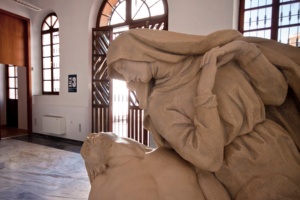
Museum of Mérida
The Museum of the Town of Mérida houses a collection on the Mérida-born sculptor and other pieces that take one on a route through the town's history.
-
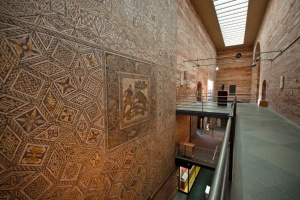
National Roman Art Museum in Mérida
The National Roman Art Museum (MNAR) shows the visitor different sides of daily life in the province of Hispania.
-
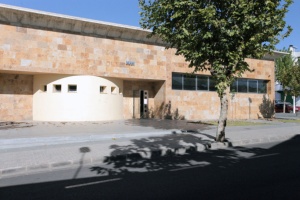
Extremadura Geology Museum
Its collection has made this museum one of the most important of its kind.
-
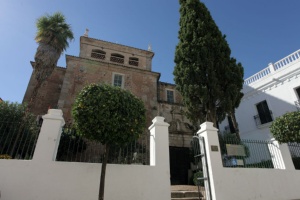
Museum of Visigoth Art and Culture
The collection of Visigoth pieces in this museum brings together relics from Mérida from the 4th-8th centuries, as the capital of the Diocesis Hispaniarum and as the metropolitan capital of the province of Lusitania
-
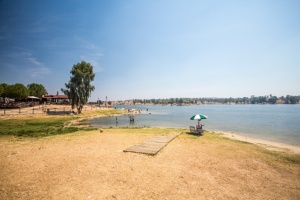
Proserpina reservoir
Proserpina reservoir, within easy reach of Mérida, dates back to Roman times and forms part of the region's archaeological ensemble, which has received the UNESCO World Heritage designation.
-
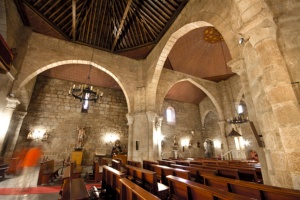
Basilica of Santa Eulalia
A space included in the archaeological complex of Mérida, and a showcase within the regional capital as it contains the town's patron.
-

Roman bridge on the Albarregas River
Built when the Roman city of Emerita Augusta was founded, the bridge on the Albarregas River is still in perfect condition and includes some of its original features.
-
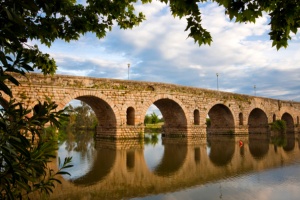
Roman bridge on the Guadiana River
In the city of Mérida, on one of the most shallow sections of the Guadiana River, we find a bridge built in the 1st century, at the same time as the foundation of Emerita Augusta. Thanks to its large size and features it is one of the most important Roman bridges in the Peninsula.
-
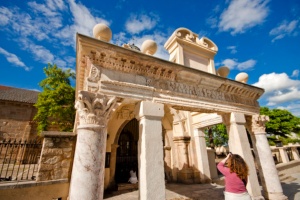
Remains of the Temple of Mars
The basilica of Santa Eulalia in Mérida contains the remains of the Roman temple of Mars in its atrium, known as "el hornito".
-
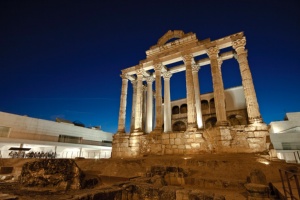
Roman Temple of Diana
It is a beautiful religious Roman building, very well preserved, that is part of Mérida's archaeological ensemble.







